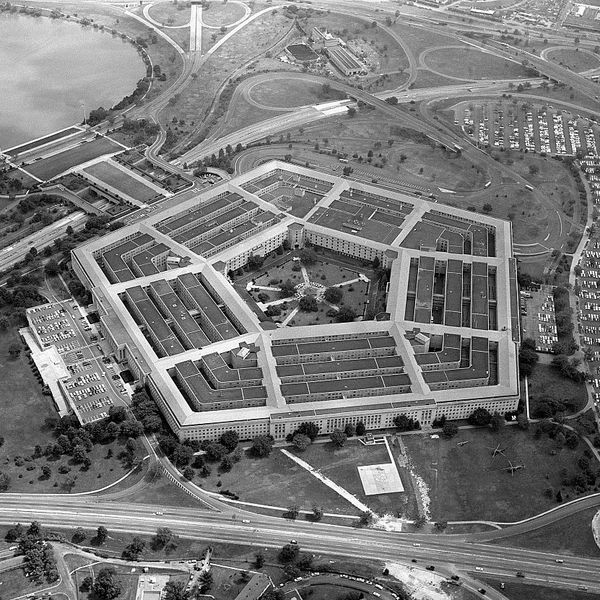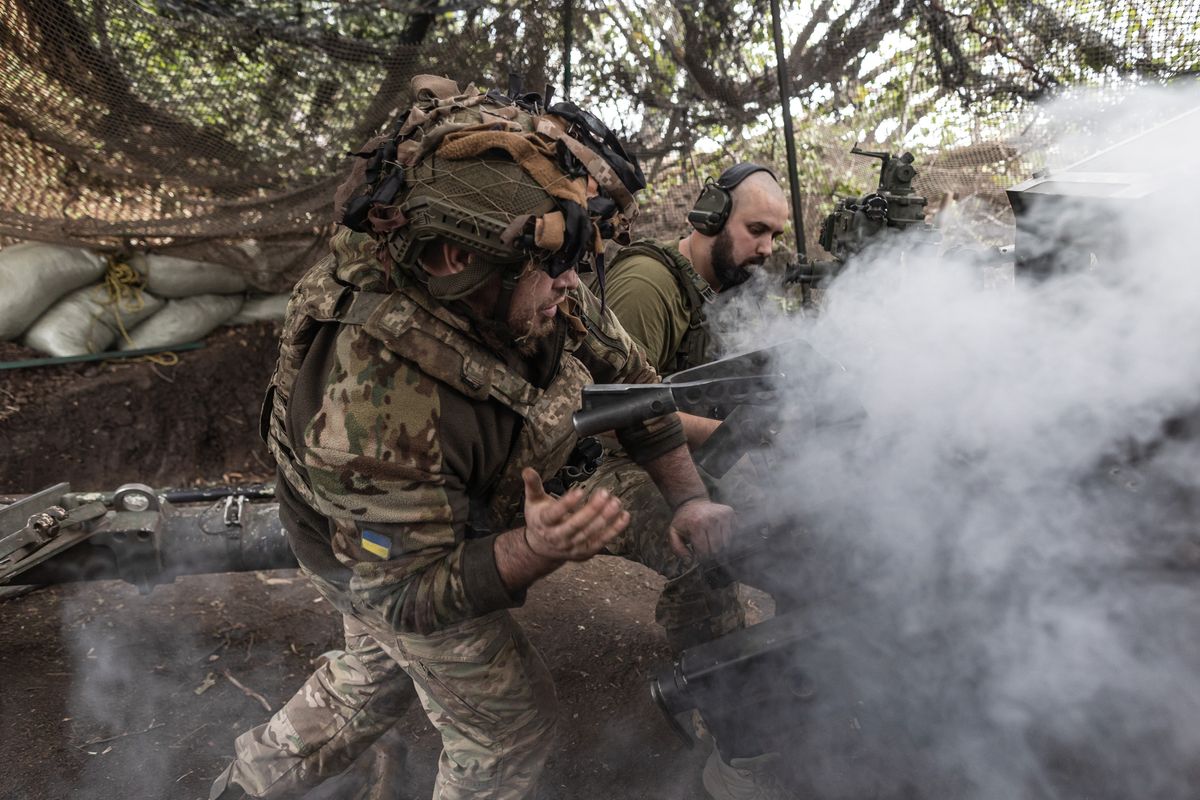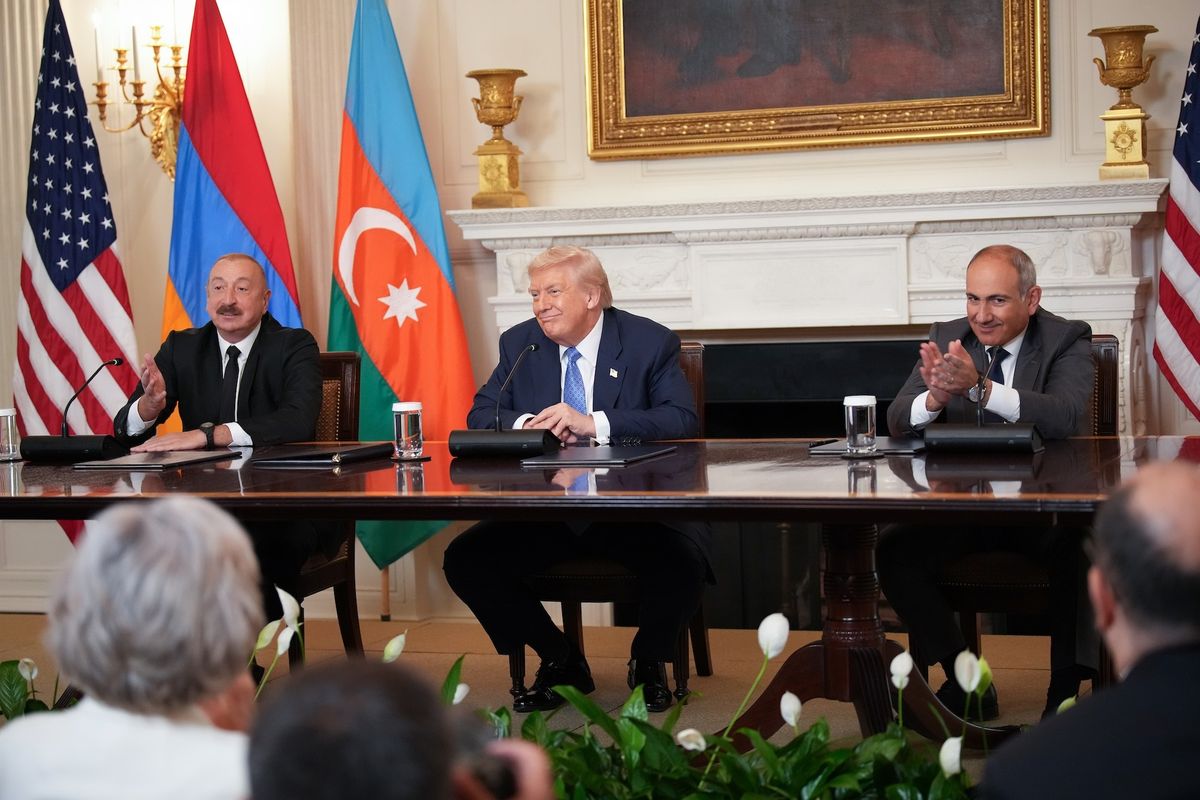One of the most prominent and visible characteristics of a transnational drug trafficking organization is the existence of a highly formal hierarchy that is distinguished by clearly defined levels of authority and responsibilities. For example, the Cali and Medellin cartels, which dominated the global cocaine market in the 1980s and early 1990s, skillfully placed individuals in positions where they would be most effective. Like the vast majority of sophisticated drug cartels, they had a pyramidal structure with defined vertical authority.
However, there are drug cartels that are horizontally structured. As a result, they don’t have ranked positions, as in a vertical hierarchy. In this type of structure, authority for decision-making flows across various components rather than moving downward in a formal chain of command. The Sinaloa cartel, currently the most powerful drug cartel in the world, has survived brutal attacks by rival cartels and the capture of its most prominent leader, Chapo Guzman, because of this horizontal structure. Although the Sinaloa cartel originally had a vertical hierarchy, it was forced to change because of its rapid global expansion into over 40 countries. Like many international corporations, such as Wal-Mart or MacDonald’s, the Sinaloa cartel began to function like many subsidiary-based companies with semiautonomous components.
A common factor of drug cartel structures – whether vertical or horizontal – is their uncanny ability to informally communicate responsibilities and operating procedures. They don’t use written rules or guidelines like legitimate corporations. Instead, instructions are communicated orally and often only implied. Still, they are ruthlessly enforced by “lugartenientes” (lieutenants), better known as plaza bosses. Organizational members quickly learn the rules, or they are dealt with violently.
In terms of communication, drug trafficking networks operate much like many terrorist cells in that lower levels of communication actually result in increased security for the organization. They tend to lean towards the passing of information and directives through personal contact rather than written communication. Due in large part to their lack of highly structured and established procedures, drug cartels have great adaptability in responding to law enforcement initiatives or changes in the drug markets. Flexibility is possible because of the process of close personal coordination and interactions among members of the criminal organization.
Drug cartels have shown great skill in adapting their criminal structures to better leverage resources and alliances in order to expand the financial and geographic scope of their illicit businesses. Within their structures, they promote specialization that precludes multiple individuals performing the same task or responsibility. Every member devotes his or her attention to one task that will contribute to the overall performance of the cartel. By assigning one task to one cartel member, the most qualified and intelligent individuals get placed in key roles through a process of promotion, similar to a private corporation. Coordination of activities by each component must occur to guarantee that all objectives are achieved efficiently and in a timely manner.
An important component of every cartel structure is that it is fashioned to protect the top leadership at all costs. Cartel members are limited to carefully compartmentalized roles. That means, if a member is apprehended by law enforcement, he can only provide limited information (the information he is familiar with), which will not have a significant impact on the cartel’s operation.
Drug cartels, like psychopaths, display common behavioral traits, such as a disregard for laws and social mores, a failure to feel remorse or guilt, a tendency to display violent behavior, and a disregard for the rights of others. They are volatile and prone to emotional outbursts resulting in horrific violence.
Most cartel members are uneducated and live on the fringes of society. As a result, they have no regard for society in general or its rules. Psychologically, they don’t feel empathy for others, although some members can be disarming and have charming personalities. For example, Chapo Guzman comes across as a simple farmer and certainly is not threatening. But in reality, he is a ruthless, cold-blooded killer who has been responsible for the deaths of tens of thousands of people.
Cartels, when committing crimes, carefully plan out every detail in advance and have contingency plans in place. Their members are usually cool, calm, and meticulous. Their crimes are well organized.













